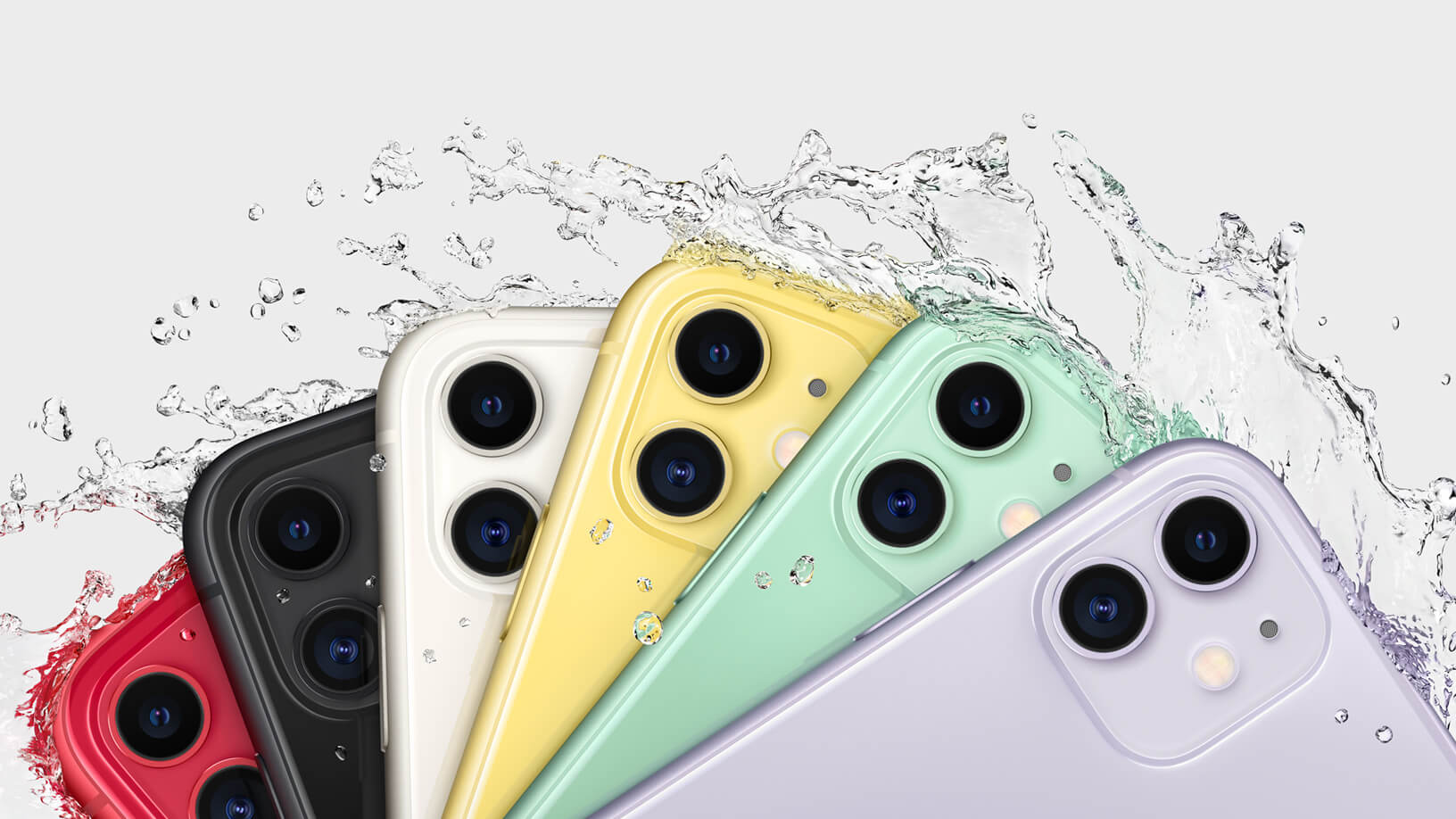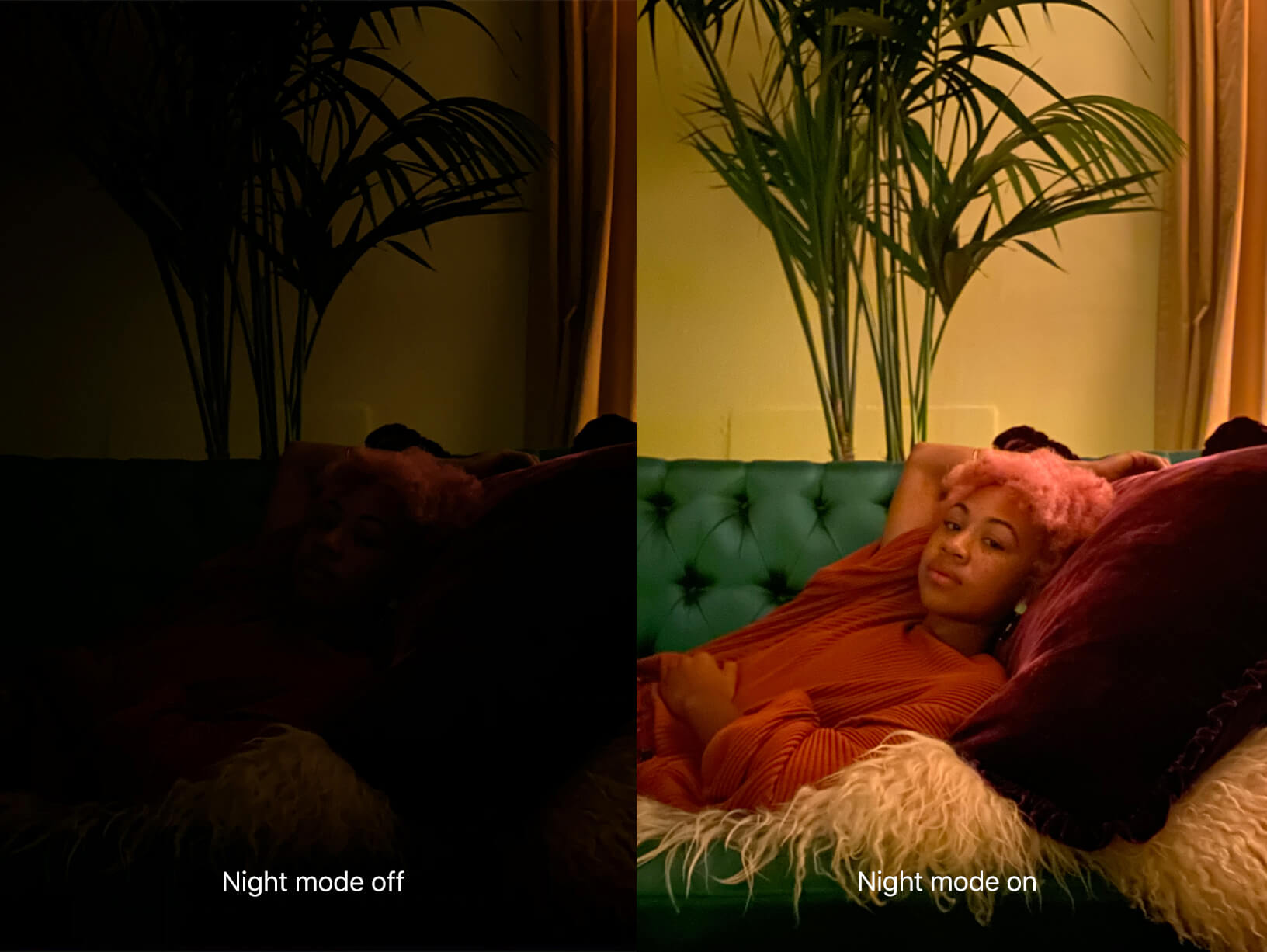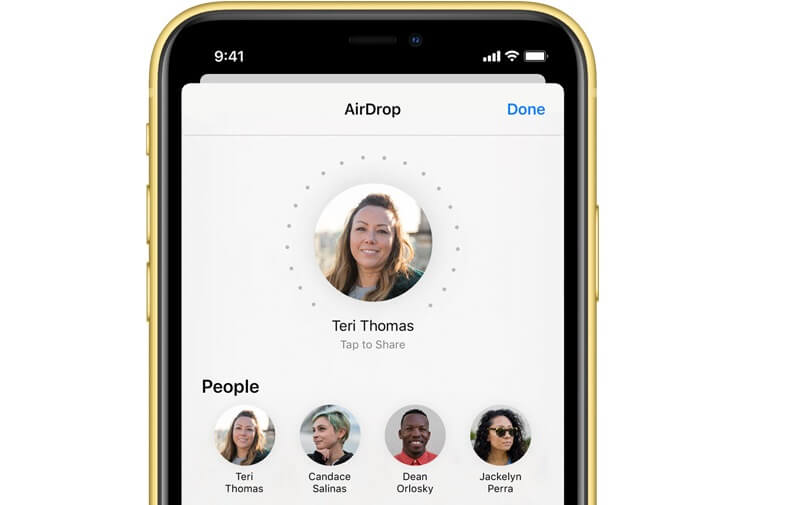The big picture: Apple today held its big event at the Steve Jobs Theater, and one of the highlights was, of course, the iPhone 11 lineup, which now includes two "Pro" models. The company chose a less confusing naming scheme, with the mainstream variant now simply called "iPhone 11" versus the last year's iPhone XR. The new iPhone keeps the same form factor and features more powerful internals, faster Face ID, a host of new camera features, and lasts one hour longer on a charge compared to its predecessor.
The iPhone XR has been Apple's best selling iPhone in the US, and its successor is finally here. And because most people default on buying that over the more premium models, the device is now simply called the "iPhone 11."
The iPhone 11 features a 6.1-inch "Liquid Retina" LCD display that is almost identical to the one found in the iPhone XR, the notch included. The Cupertino giant is offering six colors to choose from, including white, black, green, yellow, red and purple. And if you were worried about scratching the casing, the company says the iPhone 11 features a new anodized aluminum finish that should make it more durable. The handset is IP68 water-resistant up to two meters, compared to the previous IP67 rating of the iPhone XR.

Apple made big changes to the rear camera system as well as on the front shooter. Where the iPhone XR had a single, 12 megapixel, wide-angle camera, the iPhone 11 has a dual-camera setup that includes an ultra-wide shooter with support for 2x optical zoom. The software has also been upgraded to make use of this, so you'll be able to take a picture and zoom out to see beyond the frame for those situations where you're trying to get the perfect landscape shot.
As expected, the camera features are a big highlight of the new iPhone, and the company has added something it calls "semantic rendering" - a new image processing technique that does over a trillion operations for every photo, adjusting the lighting based on what's in the picture. This allows your iPhone to apply tone mapping more accurately so that your photos look closer to what you can see with your eyes.

The front camera features an improved "Portrait Mode," and the same effects can now be applied to pets. Apple is also adding a Night mode, which Android users already have on their Samsung Galaxy S10, Note 10, and Google Pixel devices. The rear camera system allows you to capture video in up to 4K resolution at 60 fps, and slow-mo is now possible with the front shooter as well - Apple says it can't wait for you to take some crazy "slofies."
Powering all this is Apple's next gen silicon, the A13 Bionic. The company touted impressive performance numbers, claiming it has the fastest CPU and GPU in a smartphone. To showcase its abilities, Apple demoed Pascal's Wager - a game with a lot of eye candy in its graphics which is set to be available in the App Store next month.

Something else worth noting is the addition of a new, U1 chip that adds support for ultra-wideband, a technology that allows the new iPhone 11 to have spatial awareness. This means it can precisely locate other devices that are equipped with the same chip, allowing you to simply point your phone at someone else's to quickly pair and share files. Still, many would have loved to see Apple release a tracker fob that's been rumored for a while now, but was noticeably absent at the event.
Apple says you'll be able to enjoy one hour more battery life compared to the iPhone XR, as well as faster Face ID, which was noticeably slower than the beloved Touch ID that many users are fond of. Interestingly, Apple is pricing it $50 dollars lower than the iPhone XR, which started at $749. For those of you who want to have one, the iPhone 11 will be available for pre-order on September 13 and will start shipping a week after that.